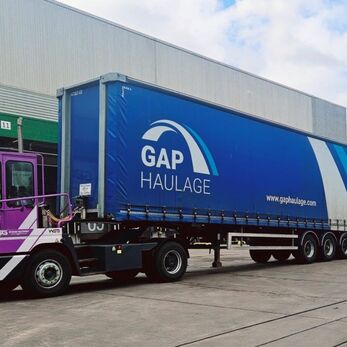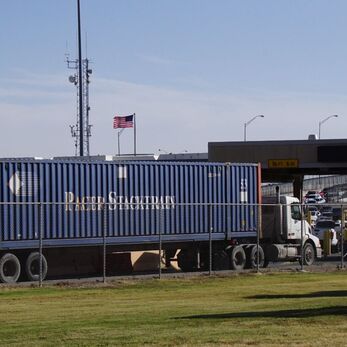Supply chain intelligence firm Xeneta has reported that air freight demand has seen a sharp increase in the weeks following the Red Sea crisis, demonstrating global shipping’s anxiety around passage through the Suez Canal.
Houthi rebel attacks on Israeli ships following the invasion of Gaza caused air freight volumes to soar with worries rebels would indiscriminately target global shipping.
It’s estimated that 12% of global trade passes through the Red Sea every year, worth more than $1 trillion (£790 billion).
The current spike in air freight is primarily in cargo volumes bound for Europe, as more companies avoid the longer Red Sea diversions around Africa’s Cape of Good Hope.
Sailing around the Cape of Good Hope to avoid the Red Sea adds one to two weeks onto a one-way shipping journey relative to the Red Sea and Suez Canal.
Despite a US-led taskforce in the area aiming to intercept Houthi attacks, air cargo volumes from Vietnam to Europe spiked 62% in the week ending 14 January.
This is also 6% higher than 2023’s peak week in October and a 16% increase on the volumes recorded in the same week 12 months ago.
Flights are already on average 93% full from a cargo perspective, and it is likely air freight rates will increase much more than 10% if the current increase in demand continues.
Lorraine Hutchison, senior retail analyst at Bank of America, explained in a recent note that brands with significant European exposure due to the longer transits from Asia to Europe include Phillips-Van Heusen Corporation, Birkenstock, Capri Holdings Limited, Nike, Ralph Lauren, VF Corp, and Levi Strauss & Co.
Automotive manufacturers including Suzuki Motors, Tesla and Volvo have announced manufacturing impacts, with suspensions in Europe due to delayed components.
Niall van de Wouw, chief air freight officer at Xeneta, commented: “A couple of weeks ago, I started speaking with companies and I found retailers were starting to consider air freight as a way to get their products directly to their customers, what’s even more compelling is the spike in volumes. To see increases of this magnitude, with higher volumes than at any point in 2023, is significant.”
For more on how supply chains have been affected by attacks in the Red Sea, look out for the February issue of Logistics Manager!









